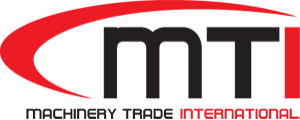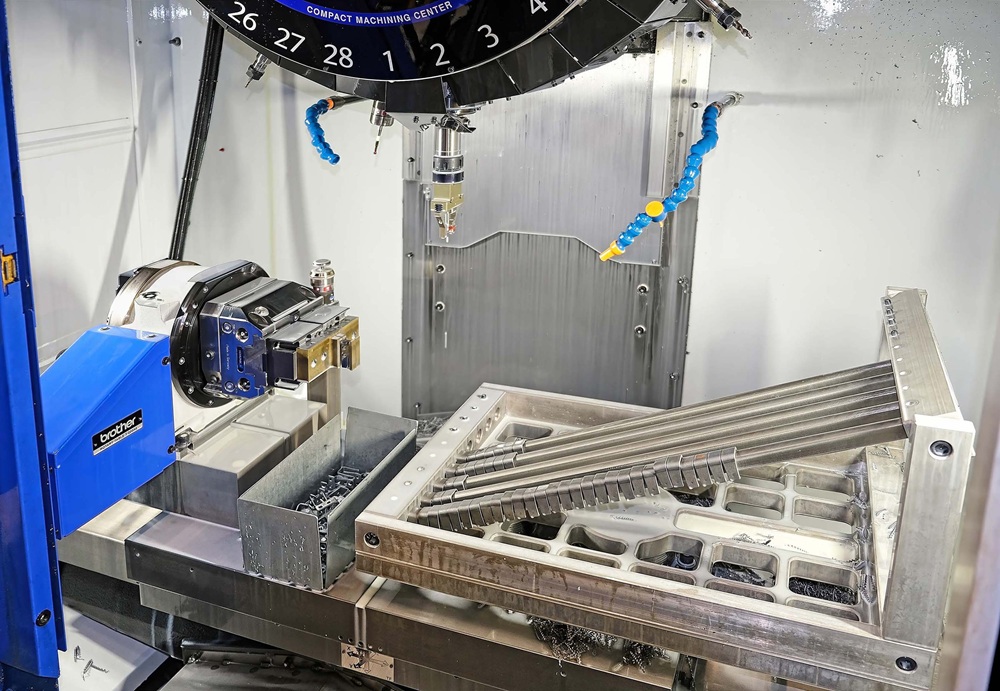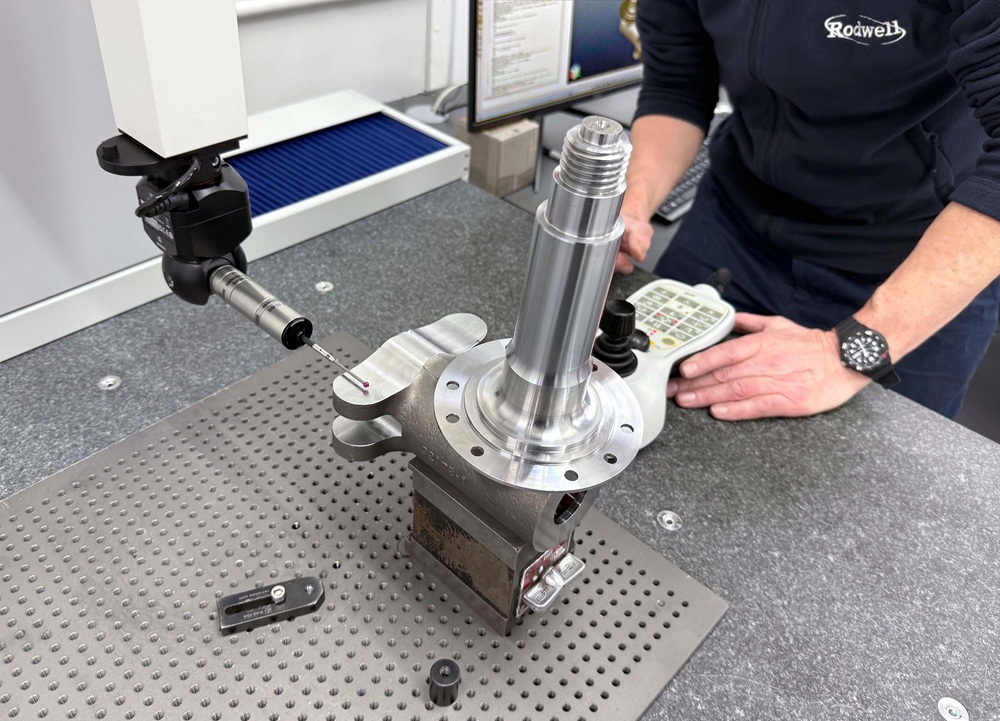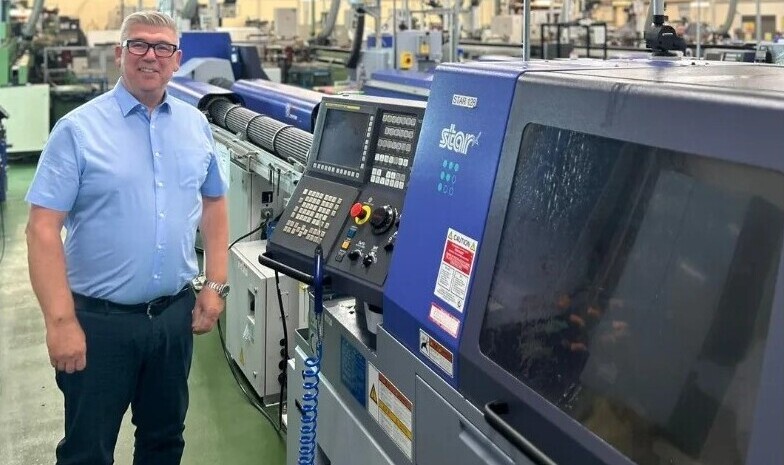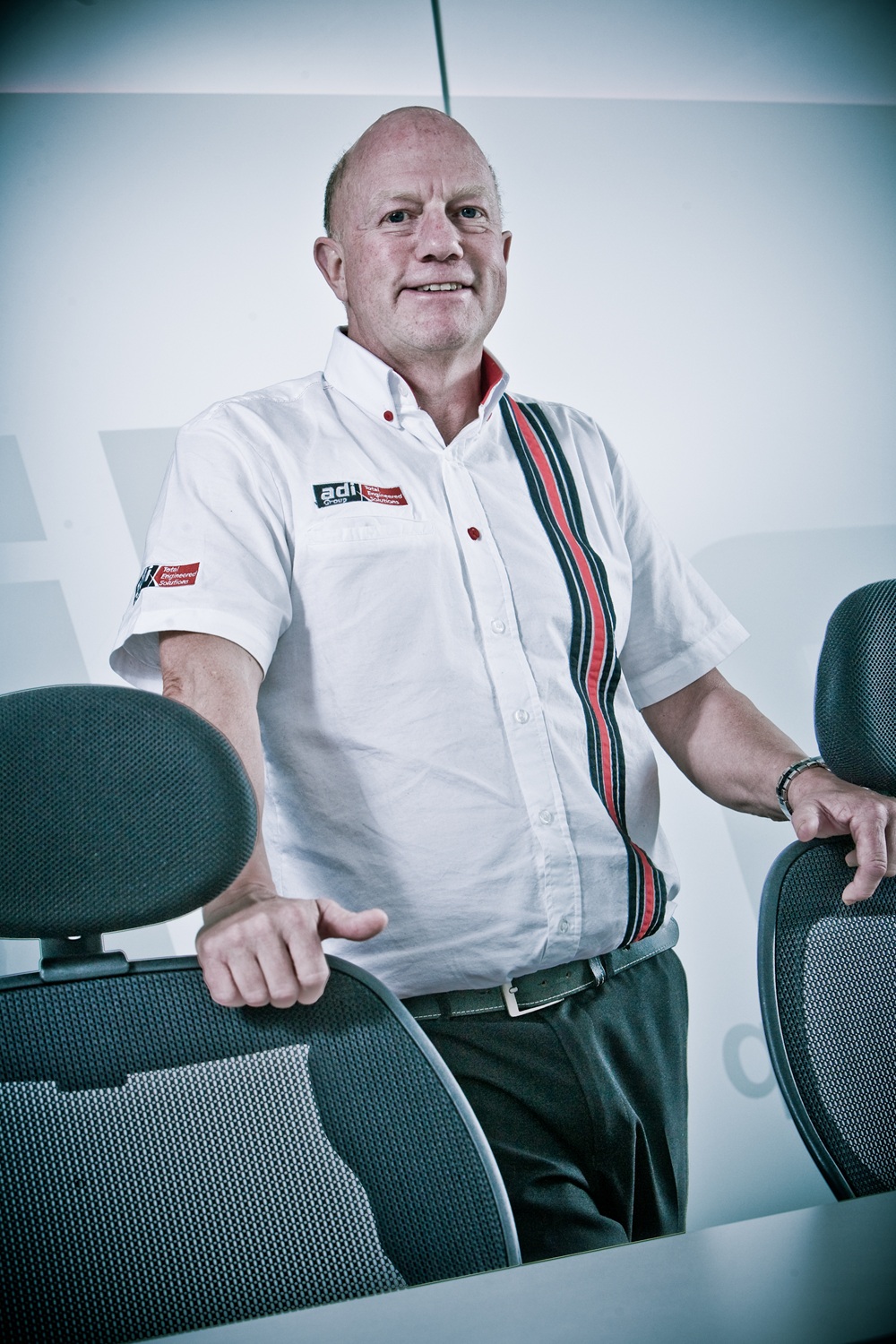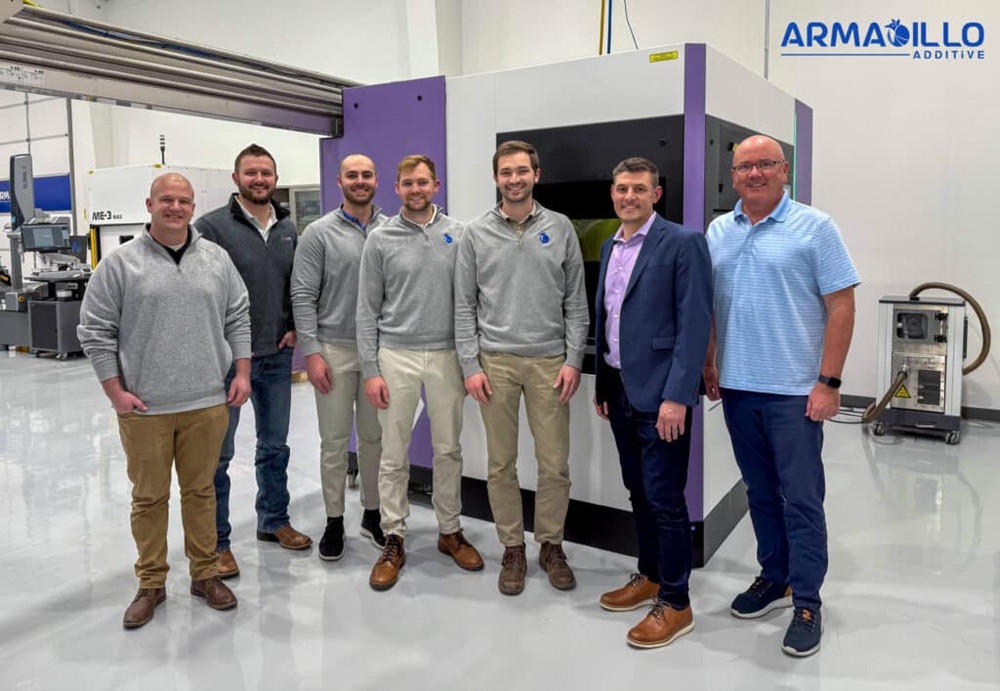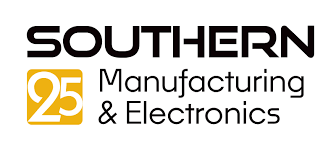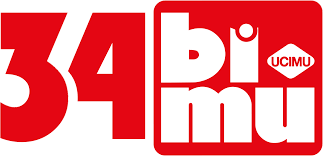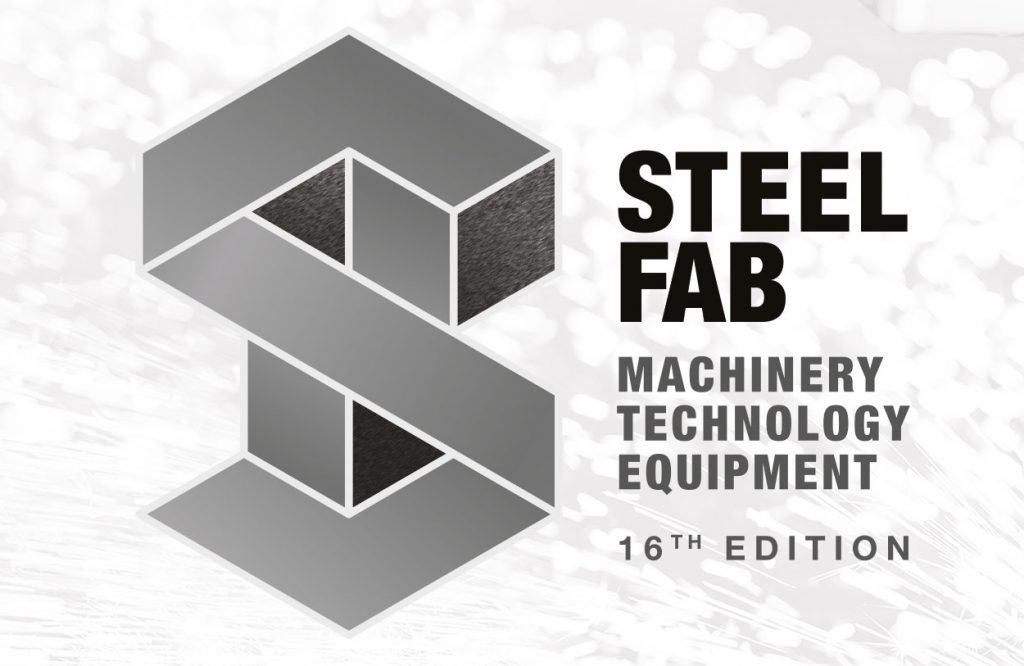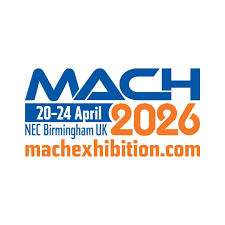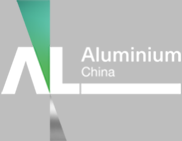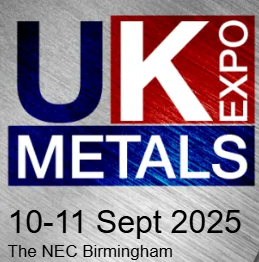Aerospace is Westley Engineering’s largest market, accounting for 45% of total production by value. A notable aerospace contract involves the manufacture of rotor clips used in aircraft disc brakes. Made from aerospace-grade steel and Inconel, the components see application in both civil and military aerospace programmes.
Three years ago, Westley Engineering improved the accuracy of the manufacturing process by switching from piercing holes in the clip using press tools to drilling them on a 40-taper vertical machining centre. Although it improved precision, the new approach also increased cycle times substantially and made the process more labour intensive. So in late 2023, the company installed a Brother Speedio S700Xd1 4-axis, 30-taper machining centre, followed by a second in April 2025. Supplied by Whitehouse Machine Tools, the exclusive UK and Ireland distributor for the Japanese manufacturer, these high-speed machines have now replaced the VMC for clip production.
In partnership with Whitehouse Machine Tools, Westley Engineering implemented an automated, single-operation process on each Speedio. The new production route features custom-built fixtures with nine inclined bars, each capable of holding 36 clips. This high-density arrangement enables over 300 parts to be machined per cycle, significantly more than the flat fixtures used previously.
Cycle times have been reduced to between two and three minutes per clip, depending on the variant. For example, the Inconel version requires additional milling on the outer arms, whereas the steel variants do not. Typical batch size ranges from 5,000 to 10,000 units.
Before deployment, the process was validated at Whitehouse Machine Tools’ Kenilworth technical centre.
More information www.wmtcnc.com
